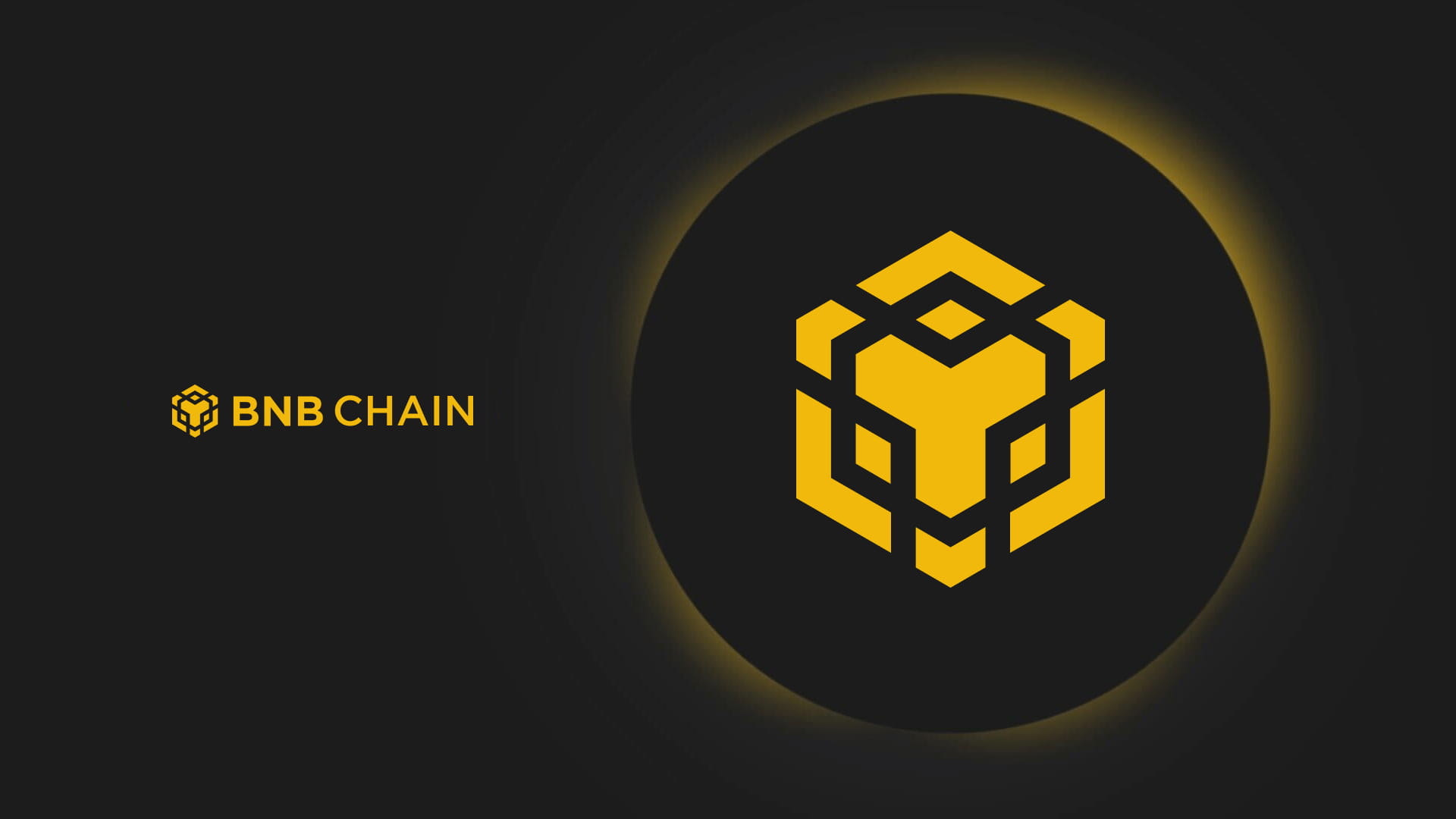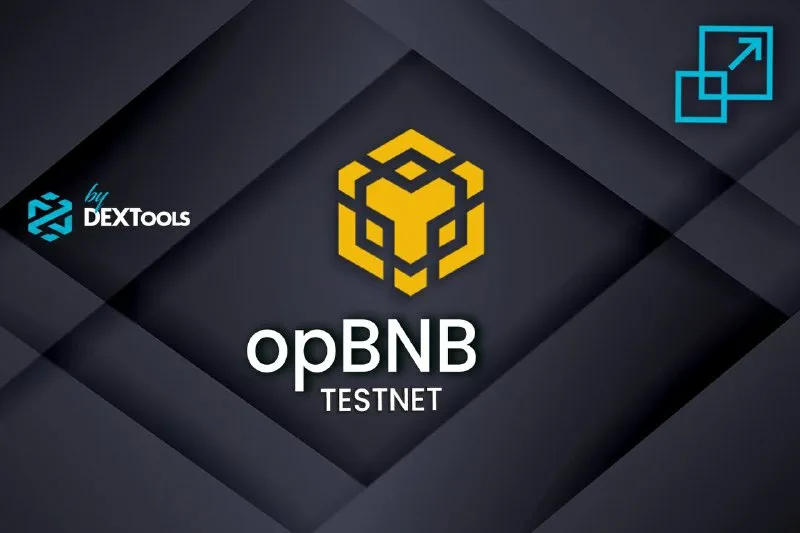BNB Hits $600: In the crypto market, things are turning hot, and Binance Coin (BNB) is making headlines. BNB made a spectacular comeback this week by hitting the $600 mark, a price it had not seen in almost two years. Bullish momentum from the market sentiment alone would not learn such performance without proper backing through on-chain activities.
In fact, BNB Chain leads the space now in USDT (Tether) transactions, which certainly signifies an exponential growth in utility and user engagement. This moment now becomes essentially important for both BNB and the greater Binance ecosystem as it proves to be gaining strength in terms of transaction DeFi and stablecoins in general.
BNB’s Return to $600: What’s Fueling the Rally?
BNB’s rise to $600 represents a nearly 40% gain in the past two months, driven by a combination of factors:
- Increased on-chain activity on the BNB Chain
- Broader market recovery led by Bitcoin and Ethereum
- Growing adoption of BNB in DeFi protocols, NFT platforms, and Web3 gaming
- Enhanced burn mechanisms reduce the supply
- Confidence in Binance’s regulatory navigation across major markets
While BNB is the native utility token of Binance Exchange, its value is increasingly tied to activity on the BNB Chain—a smart contract platform built for speed, low fees, and scalability.
BNB Chain: The USDT Transaction Powerhouse
 The supremacy of BNB Chain with respect to USDT transfers has been perhaps one of the more headline-grabbing reasons for the recent price rally of BNB. Recent blockchain analytics suggest that BNB Chain is operating more than $20 billion a day of transfers, overtaking Ethereum and Tron in daily USDT transaction volume. Coin E Tech – Latest News on Crypto: Why does this really matter? USDT is the most widely adopted stablecoin in the world, often acting as a bridge between traditional fiat currencies and the emerging environment of cryptocurrencies. Wherever USDT flows, liquidity and user activity follow.
The supremacy of BNB Chain with respect to USDT transfers has been perhaps one of the more headline-grabbing reasons for the recent price rally of BNB. Recent blockchain analytics suggest that BNB Chain is operating more than $20 billion a day of transfers, overtaking Ethereum and Tron in daily USDT transaction volume. Coin E Tech – Latest News on Crypto: Why does this really matter? USDT is the most widely adopted stablecoin in the world, often acting as a bridge between traditional fiat currencies and the emerging environment of cryptocurrencies. Wherever USDT flows, liquidity and user activity follow.
BNB Chain’s leadership in USDT transfers indicates that:
- More users are transacting on BNB Chain due to its low fees and fast speeds.
- Traders, DeFi apps, and merchants are choosing BNB Chain over other networks for stablecoin transactions.
- The ecosystem is attracting developers and users at a faster rate, leading to network effects that support BNB’s value.
Why Is BNB Chain Winning the Stablecoin Battle?
 There are several key reasons why BNB Chain has become the go-to network for USDT transfers:
There are several key reasons why BNB Chain has become the go-to network for USDT transfers:
1. Low Transaction Fees
BNB Chain offers some of the lowest fees in the crypto ecosystem. Compared to Ethereum’s gas fees, which can skyrocket during times of high network activity, BNB Chain allows users to send stablecoins like USDT with minimal cost.
2. Speed and Scalability
BNB Chain boasts block times of around 3 seconds, allowing for fast confirmations and high throughput. This makes it ideal for applications requiring real-time stablecoin settlements, such as gaming, trading, and remittances.
3. Ecosystem Growth
With hundreds of DeFi protocols, NFT projects, and GameFi platforms building on BNB Chain, the network has become a hotbed of activity. Many of these platforms rely on stablecoins for internal transactions, rewards, and liquidity pools.
4. Interoperability with Binance Exchange
As the world’s largest crypto exchange by volume, Binance’s close integration with BNB Chain gives users a seamless experience between centralized and decentralized finance. This makes it easier to move USDT between wallets, DEXs, and Binance’s core trading platform.
What This Means for BNB Holders
BNB is the native token of BNB Chain, which pays gas fees and takes part in ecosystem governance. As more users transact USDT on the BNB Chain, the demand for BNB rises—from users needing it to power their activity and from protocols incentivizing its use. Furthermore, BNB is burnt every three months, where Binance uses a portion of trading fees to buy back and take out of circulation BNB tokens. The higher the usage, the more fees are generated, leading to bigger burns and decreased supply, thus fuelling further price appreciation. In the last burn alone, 600 million dollars’ worth of the coin was destroyed, coinciding with the recent surge in price of the token.
The Bigger Picture: Stablecoins as a Market Indicator
Stablecoin transactions are almost always early indicators of the trends in the crypto markets. With an increase in volume of stablecoin transactions, it is known that there is a rising number of adoption, inflows of funds, and active users. The BNB chain indicates the domination of USDT transfers worldwide, meaning that it is the center for these activities— a very good placement during the next wave of growth in crypto. As governments and institutions evaluate the setting up of regulations for stablecoins, BNB Chain’s infrastructure may find itself significantly influencing the future of regulated digital payments, thus lending itself exposure outside the DeFi world.
What’s Next for BNB?
BNB’s path back to its all-time high of $690 is now within reach, and many analysts are optimistic. If the network continues to attract users, developers, and capital, the token could maintain its upward momentum.
Some key developments to watch:
- Expansion of layer-2 scaling solutions for BNB Chain
- New institutional partnerships or integrations
- Launch of real-world asset (RWA) protocols
- Regulatory clarity in key markets like the U.S., Europe, and Asia
Final Thoughts
BNB’s rise to $600 isn’t just a figure- it’s a manifestation of genuine growth in the Binance ecosystem and the adoption of blockchain technology in general. It has now become an economic juggernaut in stablecoin transactions, with BNB Chain now leading in USDT transactions. With users increasingly seeking strong, cheap, and reliable infrastructure for blockchain purposes, it can only become larger for BNB Chain-and hence, BNB.

